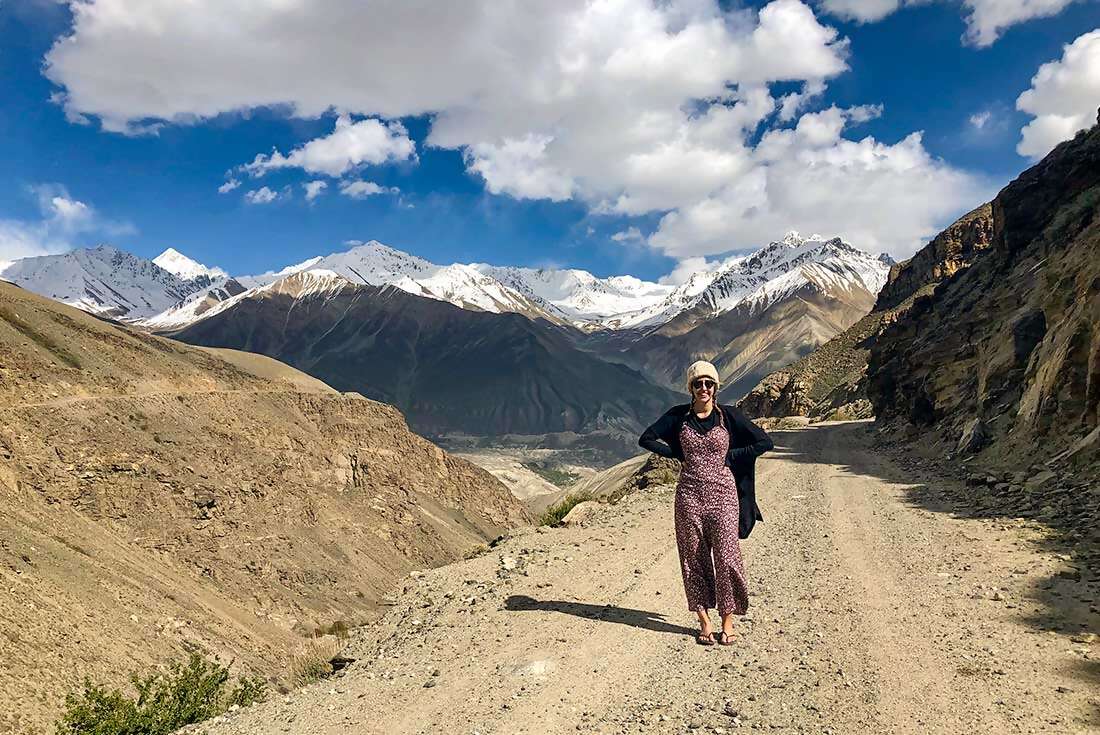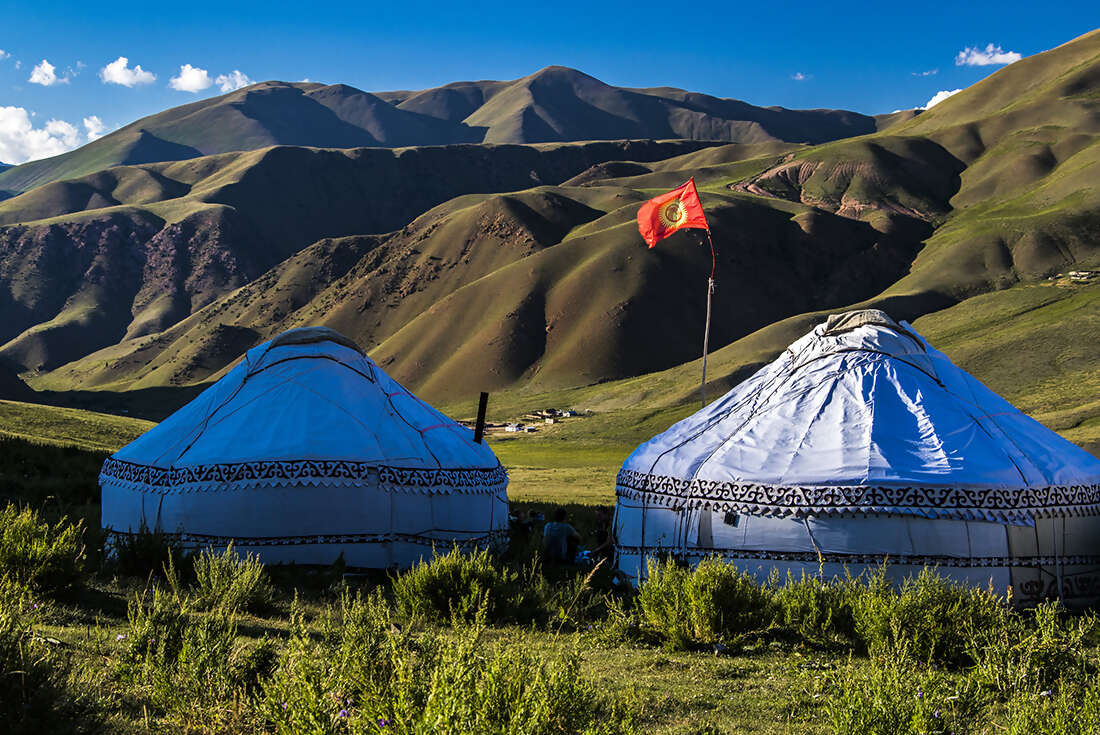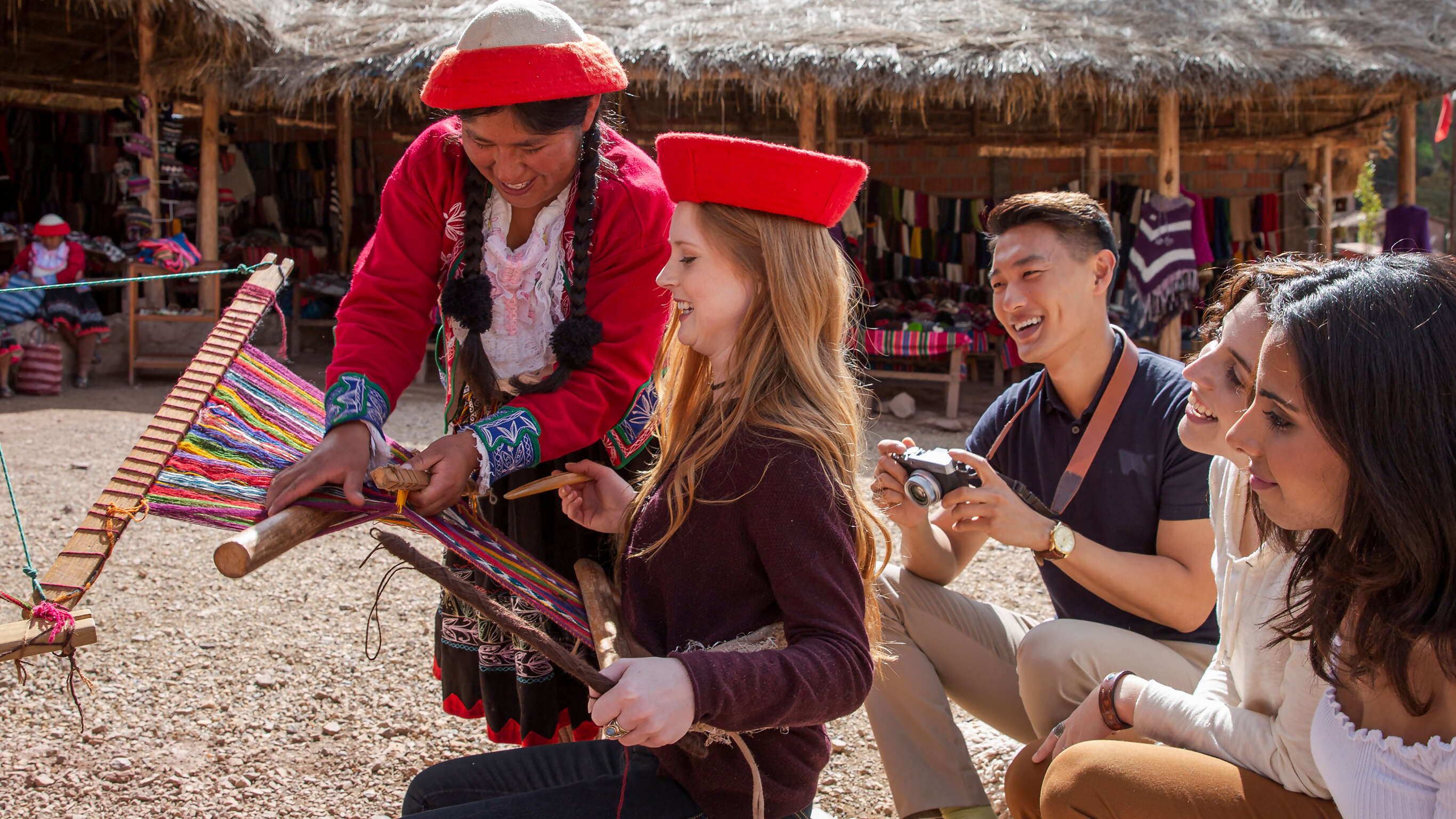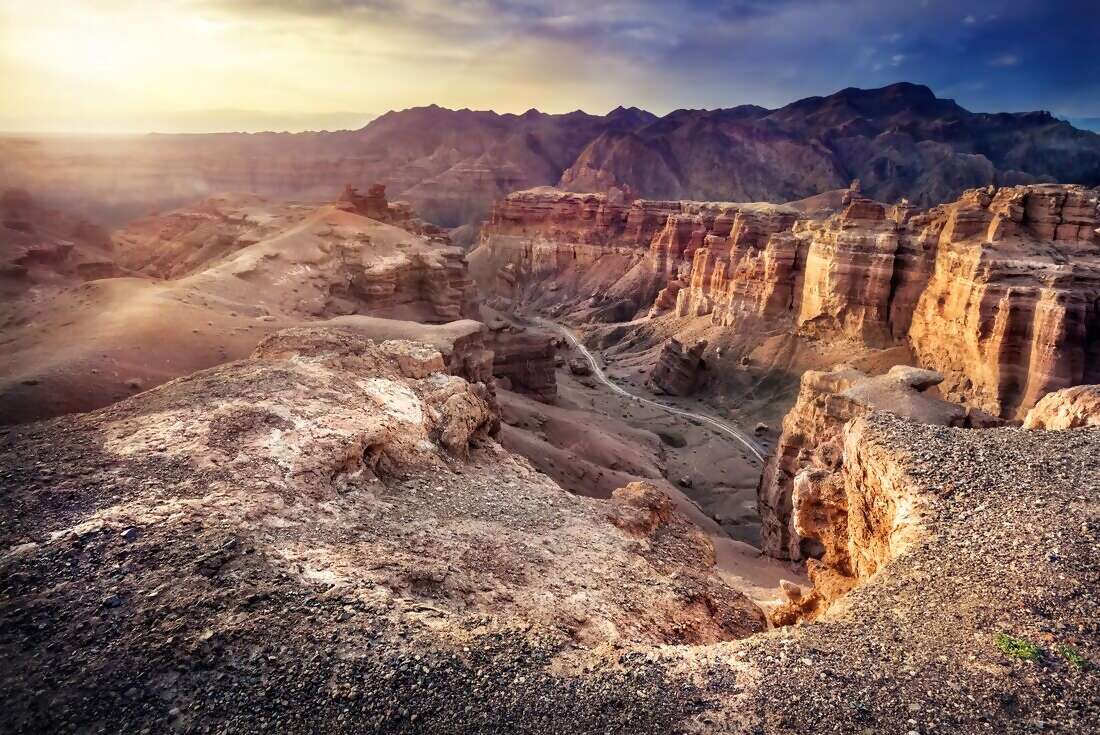 Get to know – or under-Stan, if you will – the desert landscapes, multicultural influences and religious significance in Kyrgyzstan, Tajikistan, Uzbekistan and Turkmenistan on a 26-day Central Asian adventure. The region’s allure lies in the heritage of the Silk Road, where ideas, culture and people flowed from East to West, and in the green field backcountry and sweeping mountain landscapes that play host to the traditional nomadic lifestyle. Journey through cities featuring crumbling reminders of Soviet occupation and influence and out into the stunning wilds, where the ancient history of these long-lived nations – Persian and Mongol, Buddhist and Muslim – becomes clearer. Samarkand’s iconic Registan Square, the soaring Ak-Baital Pass, Khiva’s city within a city, the ‘Door to Hell’ – Central Asia has got it all.
Get to know – or under-Stan, if you will – the desert landscapes, multicultural influences and religious significance in Kyrgyzstan, Tajikistan, Uzbekistan and Turkmenistan on a 26-day Central Asian adventure. The region’s allure lies in the heritage of the Silk Road, where ideas, culture and people flowed from East to West, and in the green field backcountry and sweeping mountain landscapes that play host to the traditional nomadic lifestyle. Journey through cities featuring crumbling reminders of Soviet occupation and influence and out into the stunning wilds, where the ancient history of these long-lived nations – Persian and Mongol, Buddhist and Muslim – becomes clearer. Samarkand’s iconic Registan Square, the soaring Ak-Baital Pass, Khiva’s city within a city, the ‘Door to Hell’ – Central Asia has got it all. Highlights
Skirting the border with Afghanistan, get glimpses of the other side, from the hair-raising Afghan-built ovrings (footbridges) to the exotic imports on display in Khorog's local bazaar.
Soaring along the renowned Pamir Highway is an unforgettable experience, especially in fine weather when the mighty peak of Muztag Ata rears its head.
Steeped in Silk Road history and immortalised in many great tales, the UNESCO-protected town of Khiva is as photogenic as it is legendary.
Witness the eternal flames of the Darvaza Crater, known as the 'Door to Hell', as you camp nearby – one of the strangest, most mesmerising geological oddities on earth.
Ashgabat rose from the devastation of an earthquake in 1948 and has enjoyed a surreal and futuristic makeover – witness its often bizarre, but certainly memorable architecture on a city tour.









- You will visit the following places:
-

Bishkek
Bishkek formerly Pishpek and Frunze, is the capital and the largest city of Kyrgyzstan. Bishkek is also the administrative centre of Chuy Province which surrounds the city, even though the city itself is not part of the province but rather a province-level unit of Kyrgyzstan. The name is thought to derive from a Kyrgyz word for a churn used to make fermented mare's milk (kumis), the Kyrgyz national drink. Founded in 1825 as the Kyrgyz-Khokand fortress of "Bishkek", then, in 1862, named as the Russian fortress Pishpek in 1926 the city was renamed Frunze, after the Bolshevik military leader Mikhail Frunze. In 1991, the Kyrgyz parliament restored the city's historical name.
-

Dushanbe
Dushanbe is the capital and largest city of Tajikistan. Dushanbe means Monday in the Tajik language. It was so named because it grew from a village that originally had a popular market on Mondays. Until 1929, the city was known in Russian as Dyushambe, and from 1929 to 1961 as Stalinabad. As of 2014, Dushanbe has a population of 778,500. Although archaeological remnants dating to the 5th century BC have been discovered in the area, there is little to suggest that Dushanbe was more than a small village until the early 20th century.
-

Tashkent
Tashkent is the capital of Uzbekistan and of the Tashkent Province. The officially registered population of the city in 2008 was 2.1 million. Unofficial sources estimate the actual population may be as much as 4.45 million. Due to the destruction of most of the ancient city during the 1917 revolution and later to the 1966 earthquake, little remains of Tashkent's traditional architectural heritage. Tashkent is, however, rich in museums and Soviet-era monuments.
-

Ashgabat
Ashgabat is the capital and the largest city of Turkmenistan in Central Asia, situated between the Karakum Desert and the Kopet Dag mountain range. It is a showpiece capital. It has been designed, at the cost of billions of dollars, to show the world about the glories and accomplishments of the Turkmen. The city looks like none other on Earth – a throughly artificial collection of white marble buildings across a long, dry valley. At sunrise or sunset, there's a beauty to this uniform, outsized ambition, as if the set of a science-fiction film suddenly became an actual human settlement.